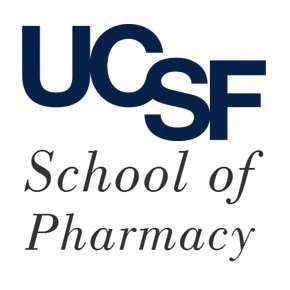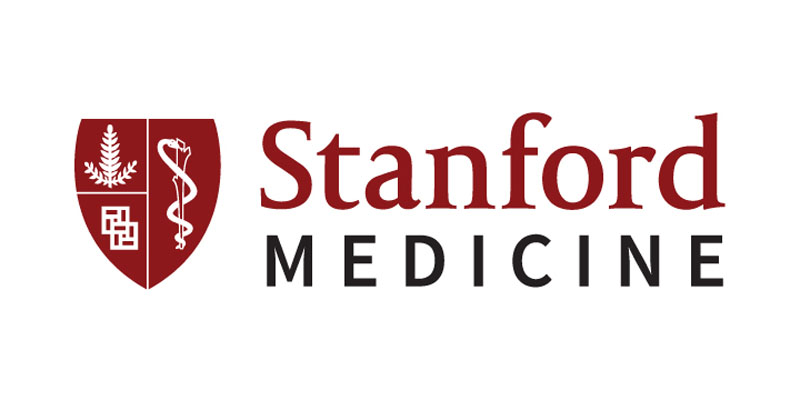Submitted by ja607 on
| Title | Electronic health record phenotypes associated with genetically regulated expression of CFTR and application to cystic fibrosis. |
| Publication Type | Journal Article |
| Year of Publication | 2020 |
| Authors | Zhong, X, Yin, Z, Jia, G, Zhou, D, Wei, Q, Faucon, A, Evans, P, Gamazon, ER, Li, B, Tao, R, Rzhetsky, A, Bastarache, L, Cox, NJ |
| Journal | Genet Med |
| Volume | 22 |
| Issue | 7 |
| Pagination | 1191-1200 |
| Date Published | 2020 07 |
| ISSN | 1530-0366 |
| Keywords | Adult, Cystic Fibrosis, Cystic Fibrosis Transmembrane Conductance Regulator, Electronic Health Records, Humans, Mutation, Phenotype |
| Abstract | PURPOSE: The increasing use of electronic health records (EHRs) and biobanks offers unique opportunities to study Mendelian diseases. We described a novel approach to summarize clinical manifestations from patient EHRs into phenotypic evidence for cystic fibrosis (CF) with potential to alert unrecognized patients of the disease. METHODS: We estimated genetically predicted expression (GReX) of cystic fibrosis transmembrane conductance regulator (CFTR) and tested for association with clinical diagnoses in the Vanderbilt University biobank (N = 9142 persons of European descent with 71 cases of CF). The top associated EHR phenotypes were assessed in combination as a phenotype risk score (PheRS) for discriminating CF case status in an additional 2.8 million patients from Vanderbilt University Medical Center (VUMC) and 125,305 adult patients including 25,314 CF cases from MarketScan, an independent external cohort. RESULTS: GReX of CFTR was associated with EHR phenotypes consistent with CF. PheRS constructed using the EHR phenotypes and weights discovered by the genetic associations improved discriminative power for CF over the initially proposed PheRS in both VUMC and MarketScan. CONCLUSION: Our study demonstrates the power of EHRs for clinical description of CF and the benefits of using a genetics-informed weighing scheme in construction of a phenotype risk score. This research may find broad applications for phenomic studies of Mendelian disease genes. |
| DOI | 10.1038/s41436-020-0786-5 |
| Alternate Journal | Genet Med |
| PubMed ID | 32296164 |
| PubMed Central ID | PMC7781195 |
| Grant List | R01 HL122712 / HL / NHLBI NIH HHS / United States UL1 TR000445 / TR / NCATS NIH HHS / United States P50 MH094267 / MH / NIMH NIH HHS / United States U01 HG004603 / HG / NHGRI NIH HHS / United States U01 HL108634 / HL / NHLBI NIH HHS / United States RC2 GM092618 / GM / NIGMS NIH HHS / United States U01 HG009086 / HG / NHGRI NIH HHS / United States U01HG009086 / NH / NIH HHS / United States R01 MH113362 / MH / NIMH NIH HHS / United States R35 HG010718 / HG / NHGRI NIH HHS / United States |





